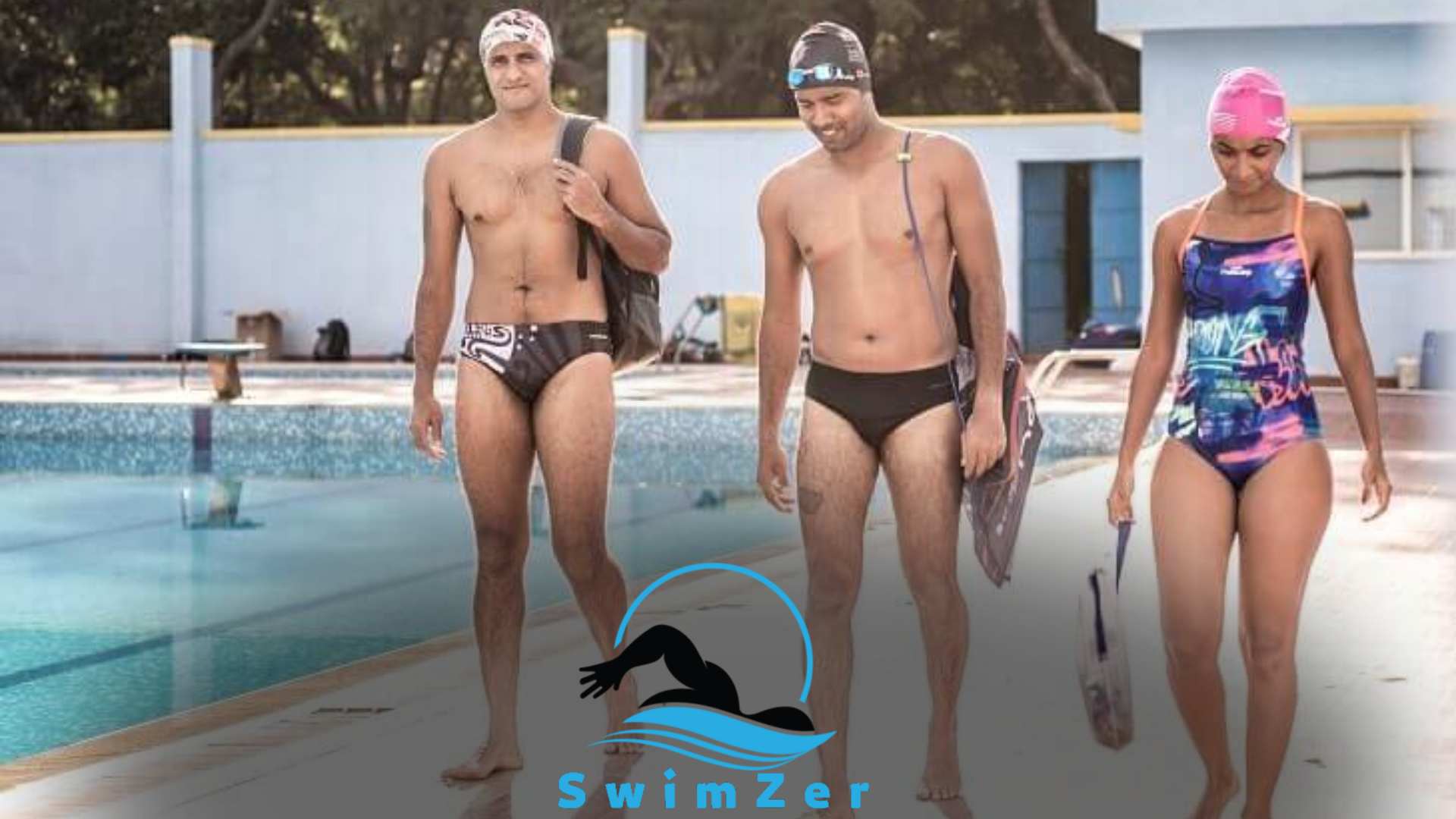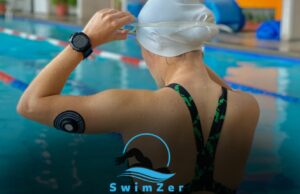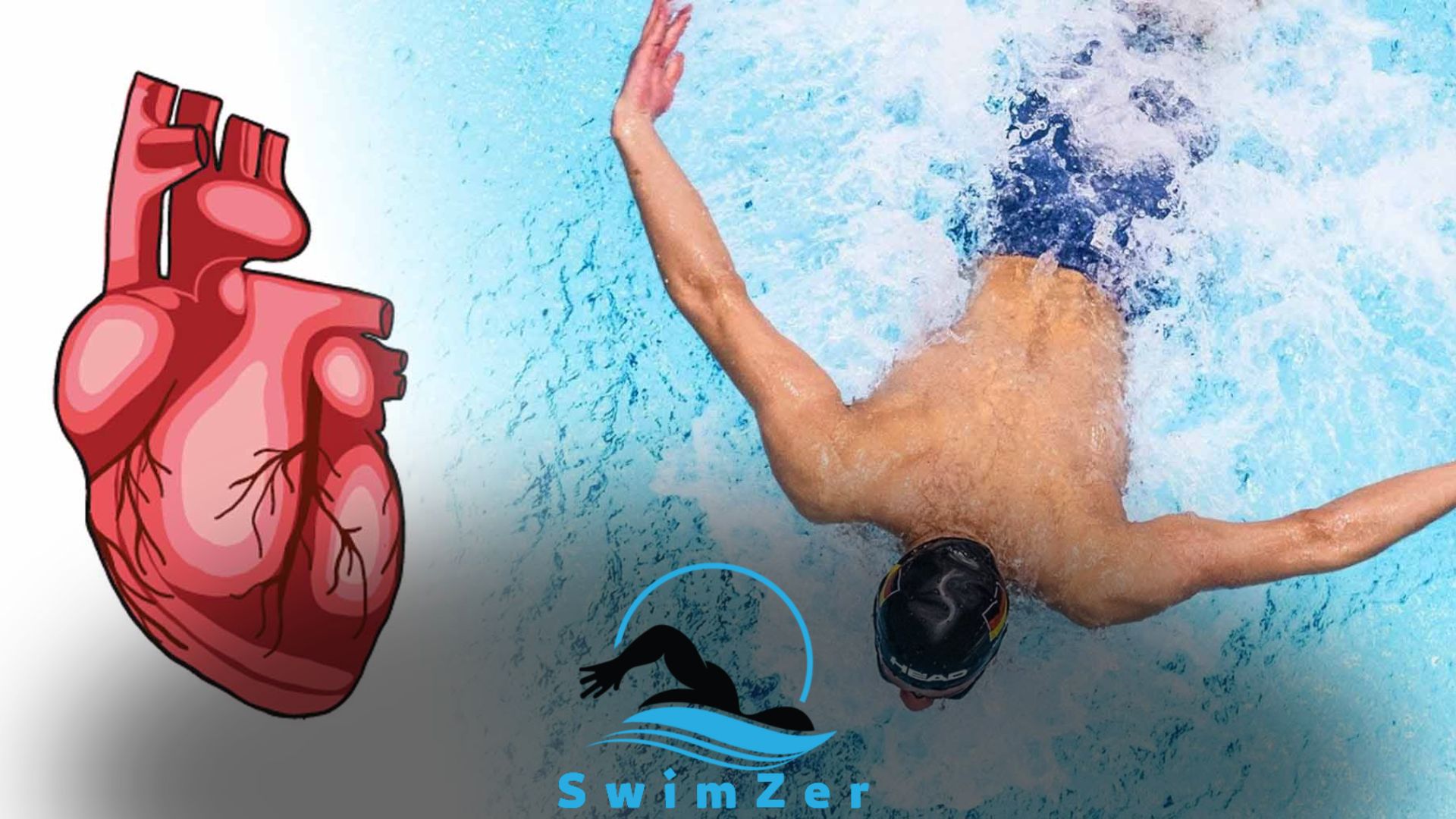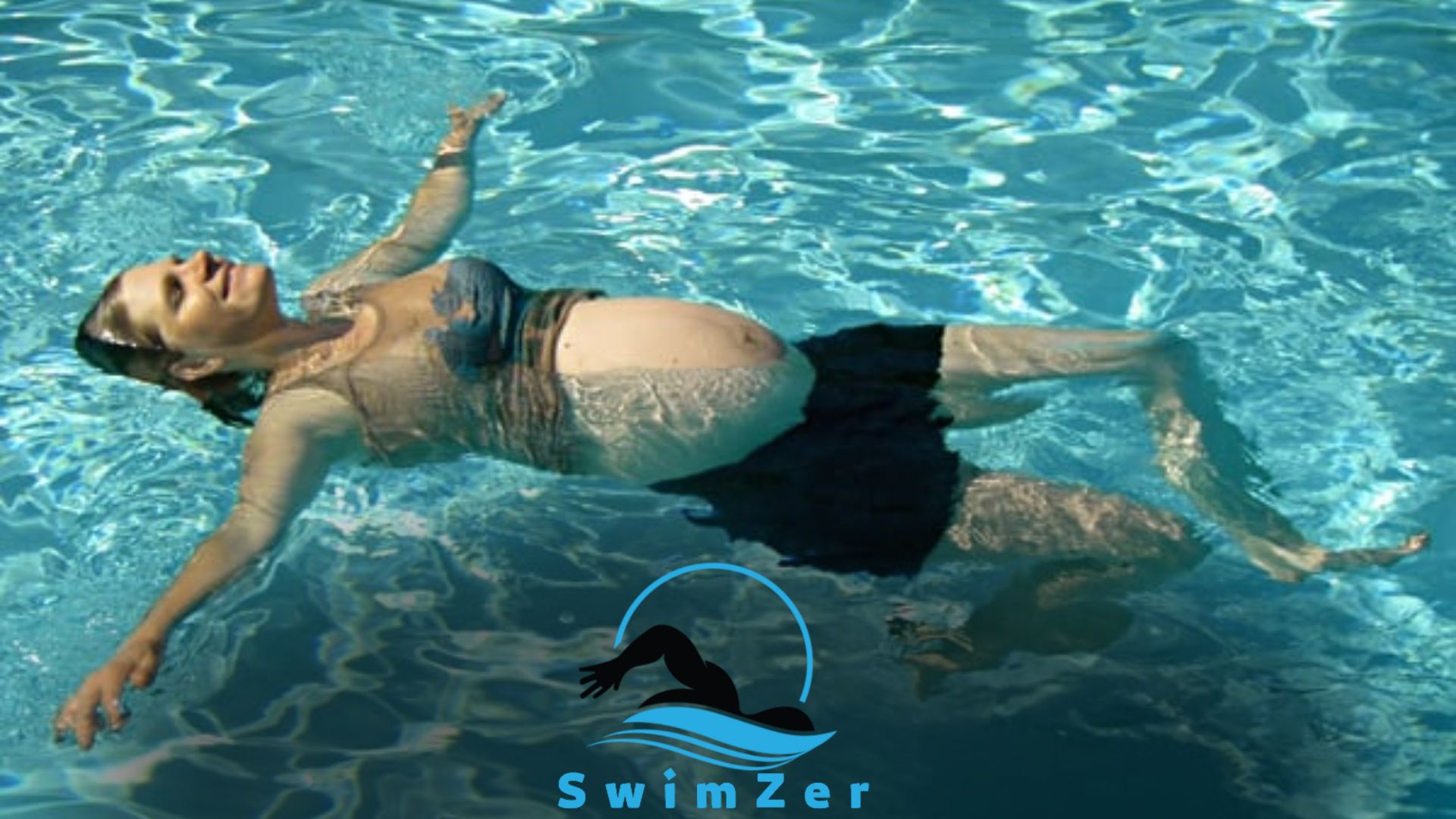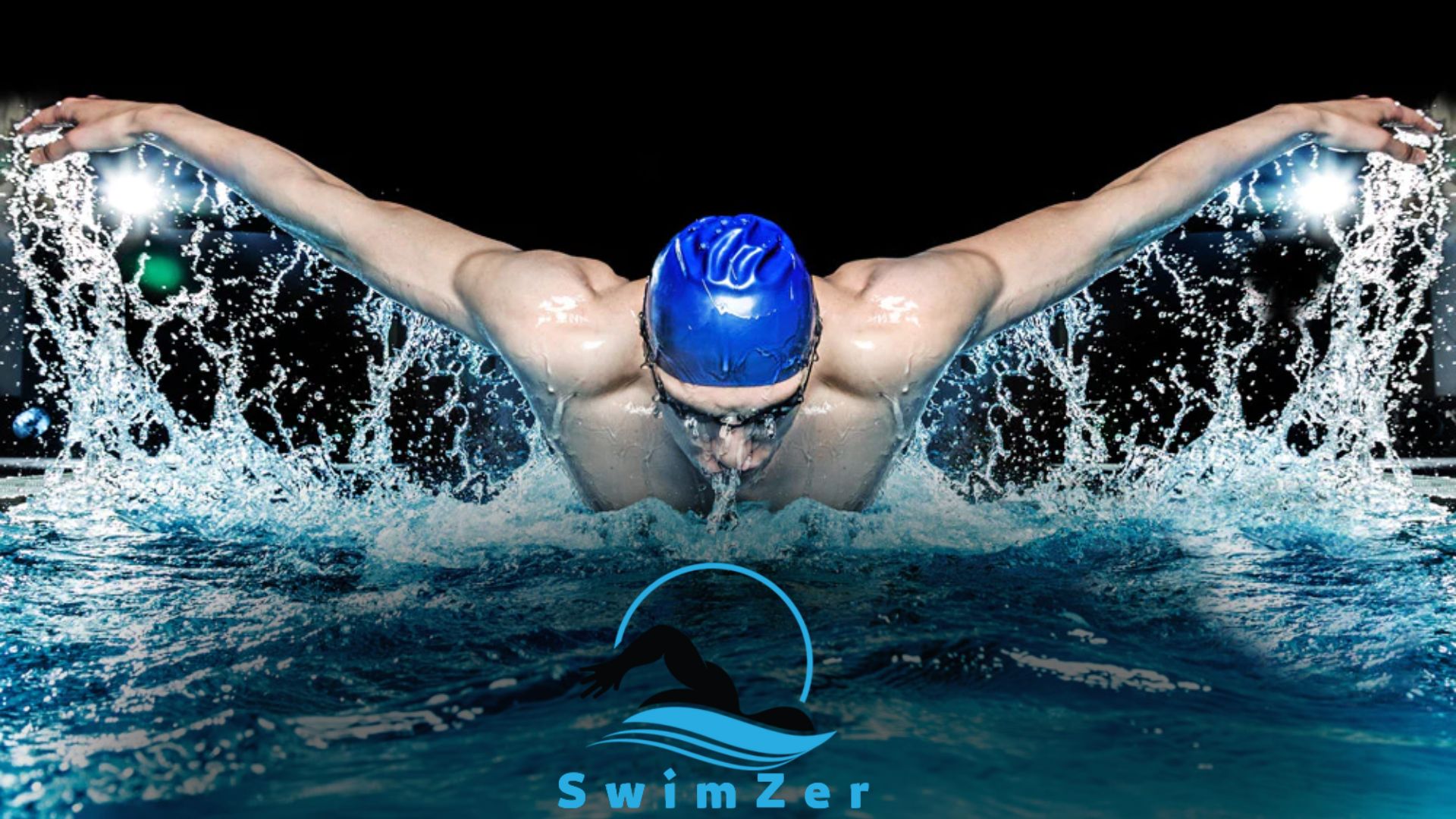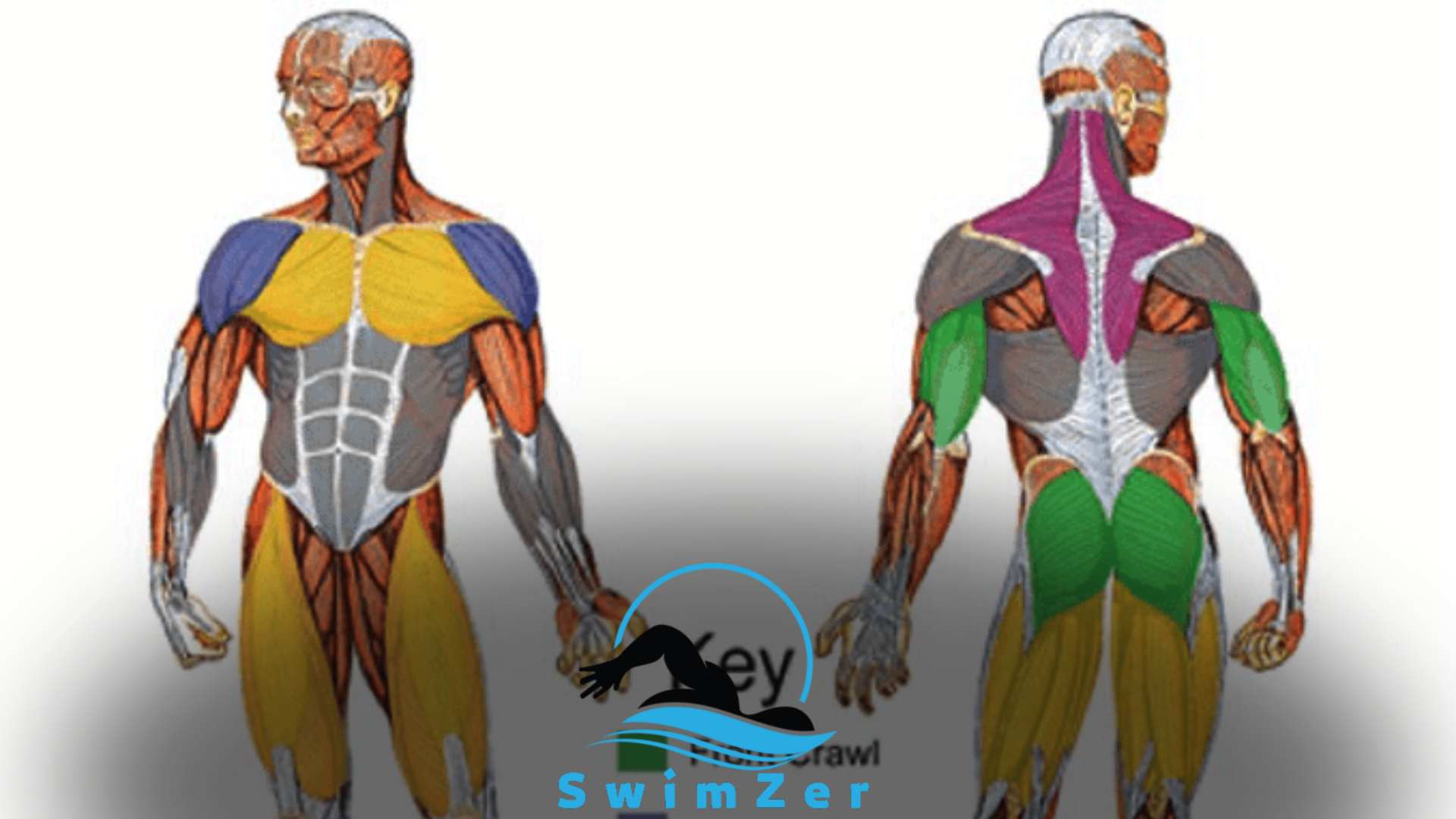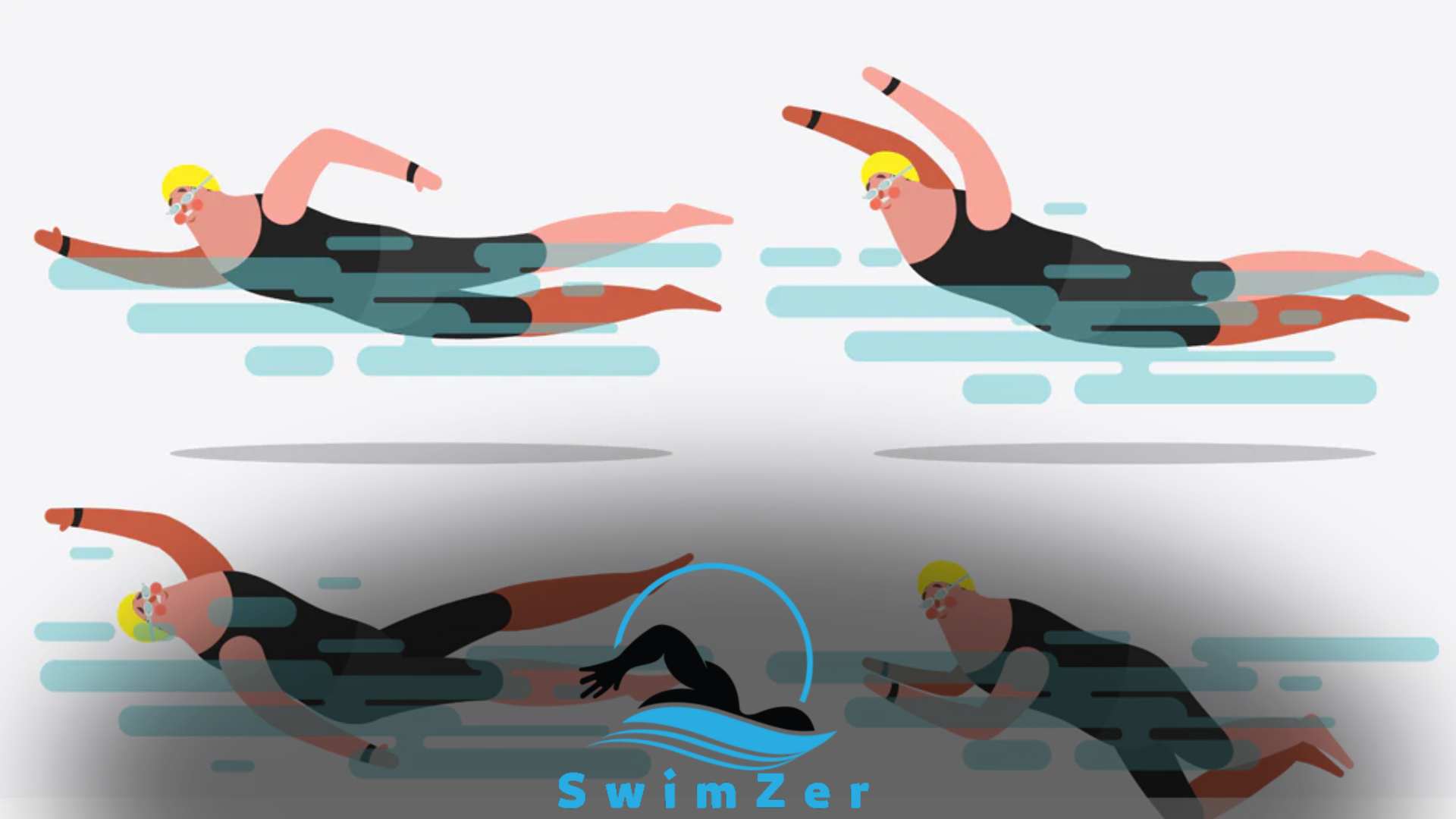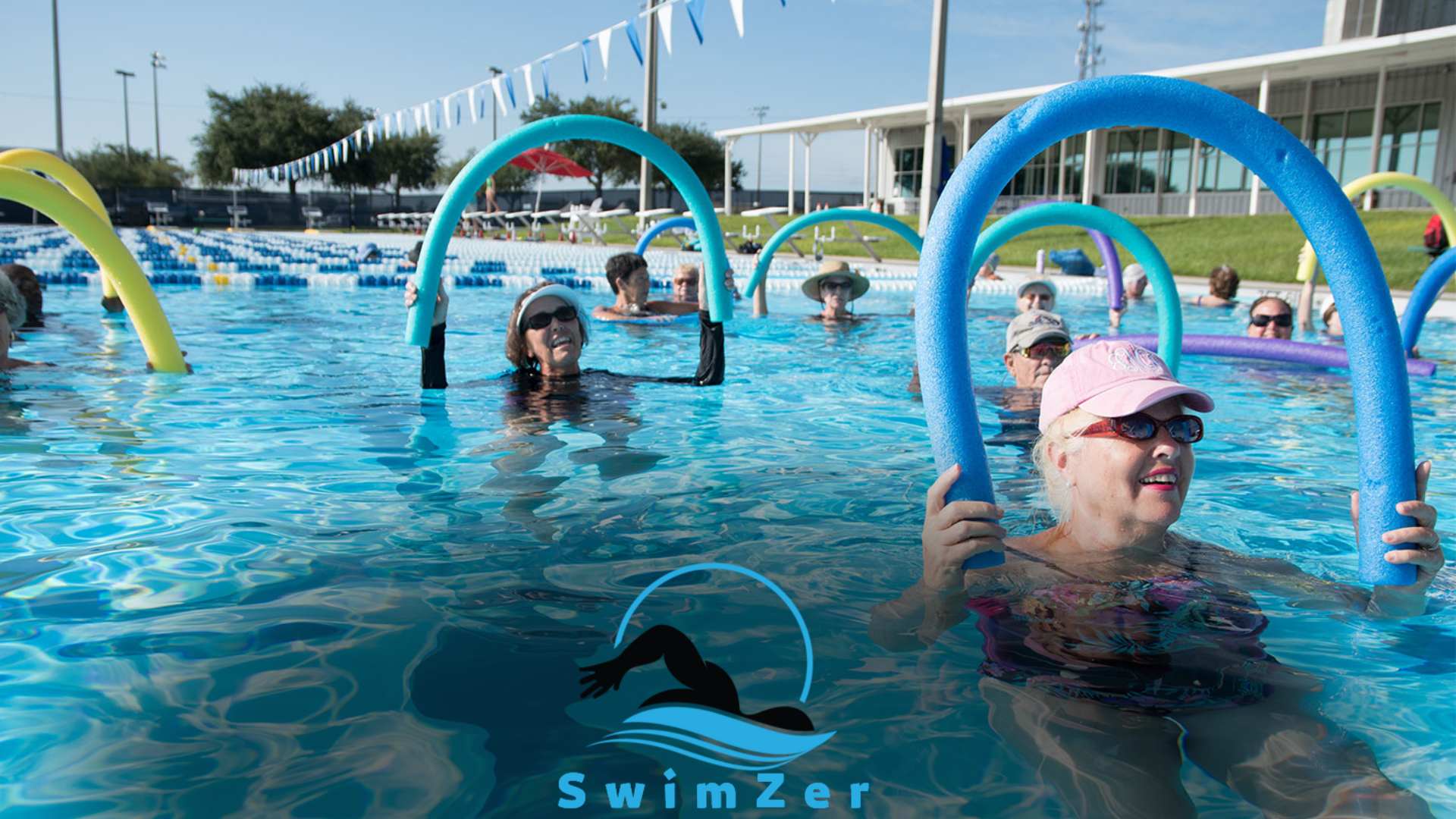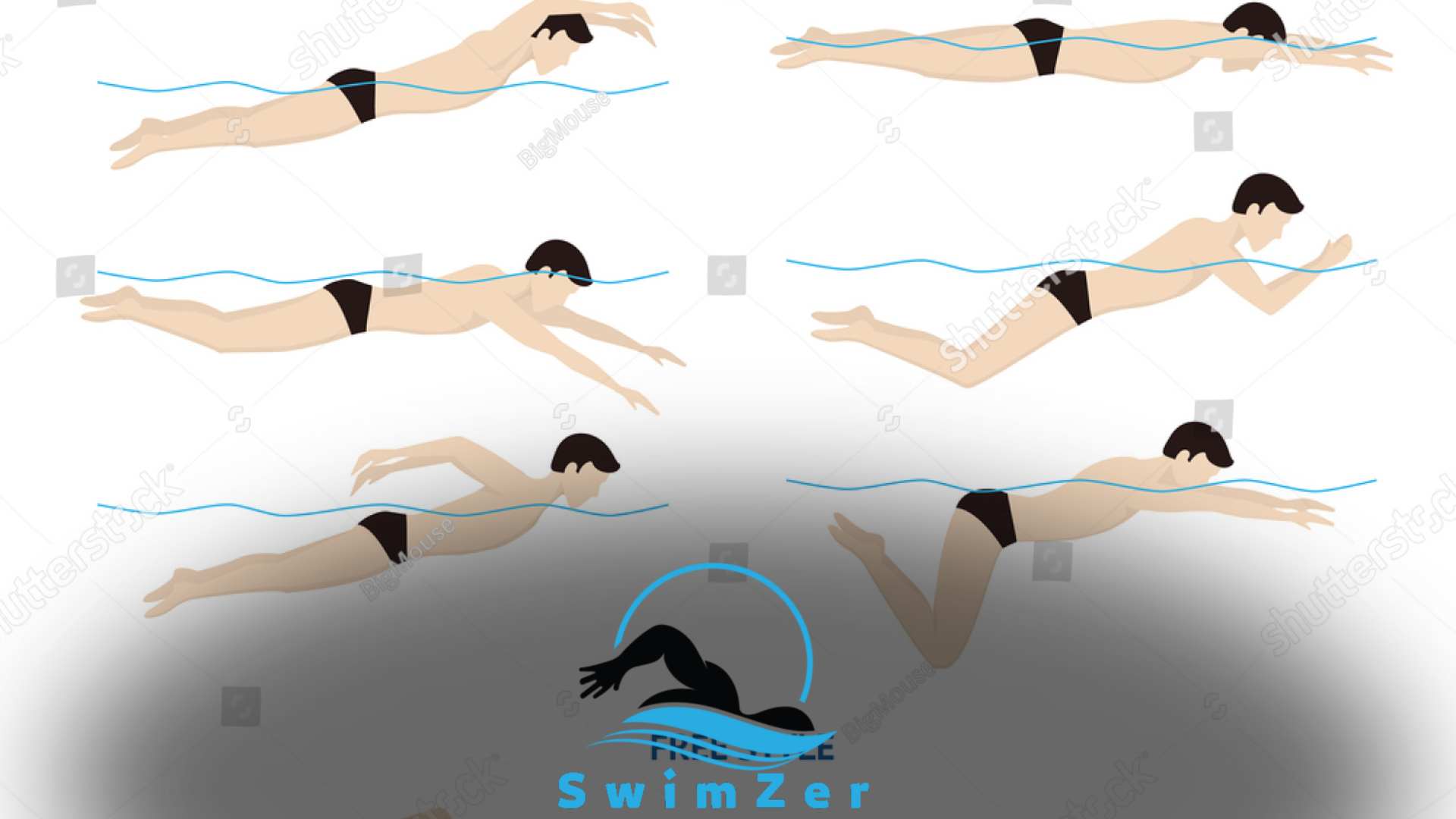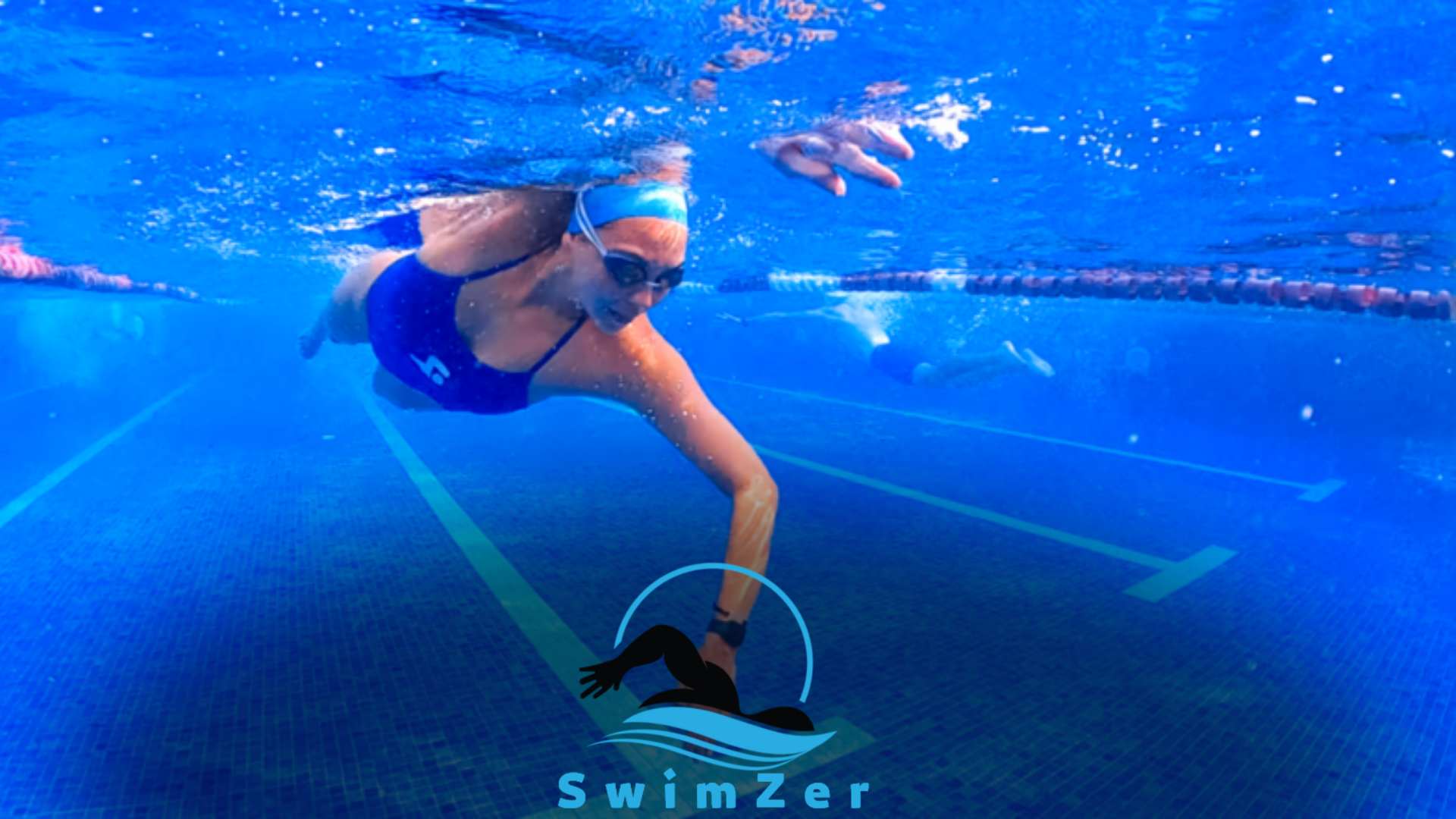Swimming after a workout can be beneficial as it helps to cool down and relax your muscles. It also provides a low-impact cardiovascular exercise.
Additionally, swimming helps to improve flexibility and can reduce muscle soreness. Swimming is a popular exercise that offers numerous benefits for overall health and fitness.
Many people wonder if it is good to swim after a workout, as they may be concerned about the effects on their bodies.
We will explore the advantages of swimming after a workout. By cooling down and relaxing the muscles, swimming can aid in recovery, promoting faster healing and reducing the risk of injury.
Furthermore, swimming provides a low-impact cardiovascular workout, ideal for individuals looking to improve their cardiovascular health without putting too much strain on their joints.
Additionally, swimming can help improve flexibility and alleviate muscle soreness, making it a great complement to a post-workout routine.
Benefits of Swimming After a Workout
Swimming after a workout offers numerous benefits. It helps boost recovery and reduces muscle soreness. Additionally, swimming improves flexibility and range of motion.
It promotes overall relaxation and provides stress relief. Swimming is an effective way to cool down after a strenuous workout.
The water’s buoyancy supports your body, relieving pressure on your muscles and joints. The rhythmic movements involved in swimming also aid in releasing tension from the body.
Moreover, swimming engages different muscle groups, providing a low-impact full-body workout. It’s a great way to switch up your exercise routine and give your body a break from high-impact activities.
Overall, swimming after a workout can be a refreshing and beneficial way to recover and relax.
While understanding the benefits of post-workout swimming, it’s also essential to be aware of potential health concerns. Learn about the implications of swimming in chlorine with a UTI and how to stay safe.
How Swimming Enhances Post-Workout Recovery
Swimming is a great way to enhance post-workout recovery. It increases blood flow and circulation, which helps flush out lactic acid and toxins from the body. With its gentle, low-impact nature, swimming provides a beneficial exercise for joints and muscles.
The water’s buoyancy relieves pressure on the joints, making it an ideal activity for those recovering from intense workouts. Additionally, swimming engages multiple muscle groups, promoting overall muscle recovery.
It also helps regulate body temperature, which aids in reducing post-workout inflammation and soreness.
Incorporating swimming into your post-workout routine can be a refreshing and effective way to support your body’s recovery process. So, jump in the pool and give your body the boost it needs after a rigorous workout.
Swimming As An Effective Cool-Down Activity
Swimming is an excellent cool-down activity after a workout, as it gradually reduces heart rate and body temperature. This helps the body recover and prevents sudden shifts in cardiovascular activity.
Additionally, swimming aids in removing metabolic waste from the muscles, promoting their recovery and reducing the risk of post-workout muscle cramps.
When it comes to incorporating swimming into your post-workout routine, it is a great way to relax and unwind while still providing benefits to your body.
By swimming after a workout, you can reap the rewards of both activities, ensuring a well-rounded fitness routine.
So, the next time you finish your workout, consider jumping into the pool for a refreshing swim to aid your recovery.
Swimming after a workout is just one of the many advantages of this aquatic exercise. Dive deeper into why swimming is considered the almost perfect exercise for holistic health.
Factors to Consider Before Swimming After a Workout
Swimming after a workout can be beneficial, but several factors must be considered. Firstly, the intensity and duration of the previous workout should be considered.
Swimming immediately may strain the muscles if it is an intense and prolonged session.
Secondly, personal fitness level and swimming ability are crucial. If someone is not a proficient swimmer or lacks fitness, it’s important to exercise caution.
Additionally, proper swimming facilities and supervision are important for safety. Having access to lifeguards or instructors can ensure a secure swimming experience.
It’s important to evaluate these factors before deciding whether swimming after a workout is good.
By considering personal capabilities and the potential strain on the body, a well-informed decision can be made to maximize the benefits of exercise and swimming.
Best Practices for Swimming After a Workout
Swimming after a workout can be beneficial for your body. However, it’s important to follow some best practices to ensure a safe and effective experience.
One crucial guideline is waiting for an appropriate cooldown before diving into the pool.
This allows your muscles and joints to recover and prevents strain or injury. Before swimming, performing light stretches can help further prepare your body for the activity.
Once in the water, start with a gentle swim and gradually increase the intensity.
This helps your body gradually adjust to the exercise and reduces the risk of overexertion.
By following these guidelines, you can make the most out of your swim after a workout and enjoy the benefits it brings to your fitness journey.
Potential Risks and Precautions
Swimming after a workout can have potential risks and precautions. Fatigue can increase the risk of injury. Proper recovery is crucial to prevent any issues. During the swimming session, taking breaks and rest when needed is essential.
This helps to avoid pushing the body too hard.
Additionally, staying hydrated is vital. Monitoring body signals is important to recognize any signs of exhaustion. Awareness of these aspects can provide a safe and beneficial swimming experience after a workout.
It is important to prioritize recovery and listen to the body’s needs.
By doing so, swimmers can enjoy the benefits of swimming while minimizing any potential risks. Stay safe and make the most out of your swim workouts!
Tips for Maximizing the Benefits of Post-Workout Swimming
Swimming after a workout is a great way to maximize the benefits of your exercise routine. You can target different muscle groups and enhance your overall fitness by incorporating different swimming strokes and techniques.
Using swimming aids or equipment can also help intensify your workout and add resistance to strengthen your muscles.
Additionally, varying the intensity and duration of your swimming sessions allows for a more challenging workout and prevents plateaus. Whether you do a few laps or a longer swim, swimming after a workout promotes active recovery, increases flexibility, and can help reduce muscle soreness.
So, if you’re looking to add a refreshing twist to your post-workout routine, dive into the pool and make the most of your swim.
Swimming can be both relaxing and intense. Discover which swimming stroke uses the most energy and how to optimize your swim sessions.
Frequently Asked Questions
Can I Swim After a Workout?
Yes, swimming is a great way to cool down and relax your muscles after a workout.
What Are the Benefits of Swimming After a Workout?
Swimming helps reduce muscle soreness, improves flexibility, and promotes faster recovery after a workout.
How Long Should I Wait to Swim After a Workout?
Waiting at least 10-15 minutes after a workout before swimming is recommended to allow your body to cool down.
Does Swimming After a Workout Help With Weight Loss?
Yes, swimming after a workout can aid in weight loss as it is a low-impact exercise that burns calories.
What Precautions Should I Take When Swimming After a Workout?
Make sure to hydrate before and after swimming, wear appropriate swim gear, and listen to your body for any signs of fatigue or overexertion.
Conclusion
Swimming after a workout can be a beneficial and refreshing activity. Not only does it allow your body to cool down and relax, but it also provides a unique form of low-impact exercise that helps to improve cardiovascular health and build strength.
The buoyancy of the water can relieve stress on your joints and muscles, making it a great option for those with injuries or conditions that limit their ability to engage in high-impact activities.
Swimming can enhance your overall fitness by working different muscle groups than those targeted during your previous workout.
It can also promote a sense of mental well-being, as the rhythmic motion of swimming can have a calming and meditative effect.
Overall, incorporating swimming into your post-workout routine can offer a range of physical and mental benefits and is worth consideration for those looking to add variety and balance to their fitness regimen.

